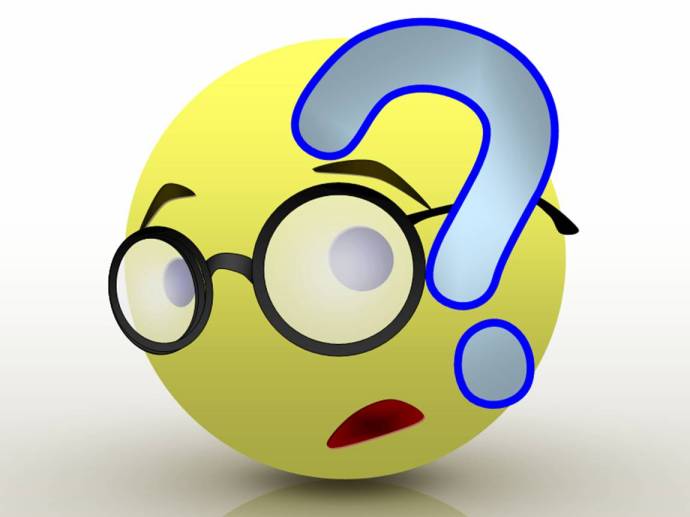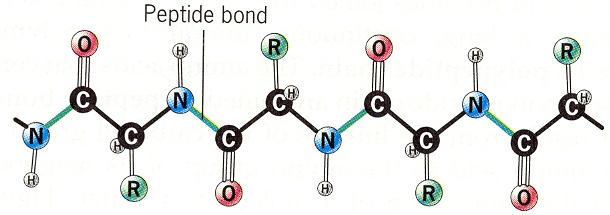INHIBITION!
INHIBITION EVERYWHERE!!!
Okay maybe I’m over reacting, but think about it. Imagine if you were an enzyme, minding your own business and BAM! some random molecule comes and changes you completely leaving you unable to function.

I mean it isn’t very nice especially if you’re a particularly helpful enzyme. Of course not all inhibition leads to this fate.
I guess it really is a perspective thing though. Because if you think about it, the inhibition of enzymes may not seem nice from an enzyme perspective but what if that enzyme is catalyzing an unwanted or unnecessary reaction? The body actually utilizes a certain type of inhibition as a from of negative feedback to prevent the production of excess products and a waste of cellular reserves.
We ALL know where this is going, so I guess we should get right into it.
Enzyme inhibitors are molecules that interfere with catalysis by slowing down of halting enzymatic reactions. Inhibitors can affect enzymes either reversibly or irreversibly.

Inhibition
REVERSIBLE INHIBITION
Reversible enzyme inhibition does not permanently alter the enzyme and usually occurs when reversible inhibitors bind non-contently with the enzyme, resulting in four different types of reversible inhibition.
Competitive inhibition occurs when a competitive inhibitor is present. This inhibitor molecule, which is structurally similar to the substrate, competes for the active site of the enzyme by occupying it, forming an enzyme inhibitor complex and preventing the substrate from binding to the enzyme active site. This can be further analyzed via the following graph:

Lineweaver Burke Plot of Reversible Inhibition: Competitive Inhibition (Bliq. 2013)
In the presence of a competitive inhibitor Vmax of the reaction remains constant, however, Km of the reaction increases as it takes a higher concentration of the substrate to reach half the Vmax. The effects if competitive inhibition can be lowered by increasing the concentration of substrate.
Uncompetitive inhibition, another type of reversible inhibition, occurs when the inhibitor, which does not resemble the substrate, binds to a site distinct from the active site and binds only to the enzyme-substrate complex. This causes the Vmax to decrease as a result of removing the activated complex and thus decreases Km.This can be observed in the graph blow.

Lineweaver Burke Plot of Reversible Inhibition: Uncompetitive Inhibition (Bliq. 2013)
Mixed inhibition is the third type on reversible inhibition and arises from the presence of an inhibitor, that does not resemble the substrate, which binds to a site distinct from the active site on either the enzyme-substrate complex or the enzyme itself. Both Vmax and Km are affected. Vmax is lowered while Km increases. This can be seen in the graph:

Lineweaver Burke Plot of Reversible Inhibition: Mixed Inhibition (Bliq. 2013)
The last type of reversible inhibition is noncompetitive inhibition which occurs when the binding of the inhibitor, which does not structurally resemble the substrate, to the enzyme reduces enzyme activity but does not affect the enzyme-substrate binding; therefore, as a result the extent of inhibition is dependent on the concentration of the inhibitor, i.e. as the concentration of the inhibitor increases the slower the rate of reaction. Hence in the presence of these inhibitors Vmax decreases and Km remains the same. This can be seen in the graph below.

Lineweaver Burke Plot of Reversible Inhibition: Noncompetitive Inhibition (Bliq. 2013)
IRREVERSIBLE INHIBITION
Irreversible enzyme inhibition occurs when the inhibitor interacts with the enzyme and changes it chemically at the active site. This usually occurs by bonding covalently with the enzyme, destroying a functional group that is essential to ezymatic activity or by forming a particularly stable non covalent enzyme-inhibitor complex.

Irreversible Inhibition
Welp thats all for now folks ^_^






















